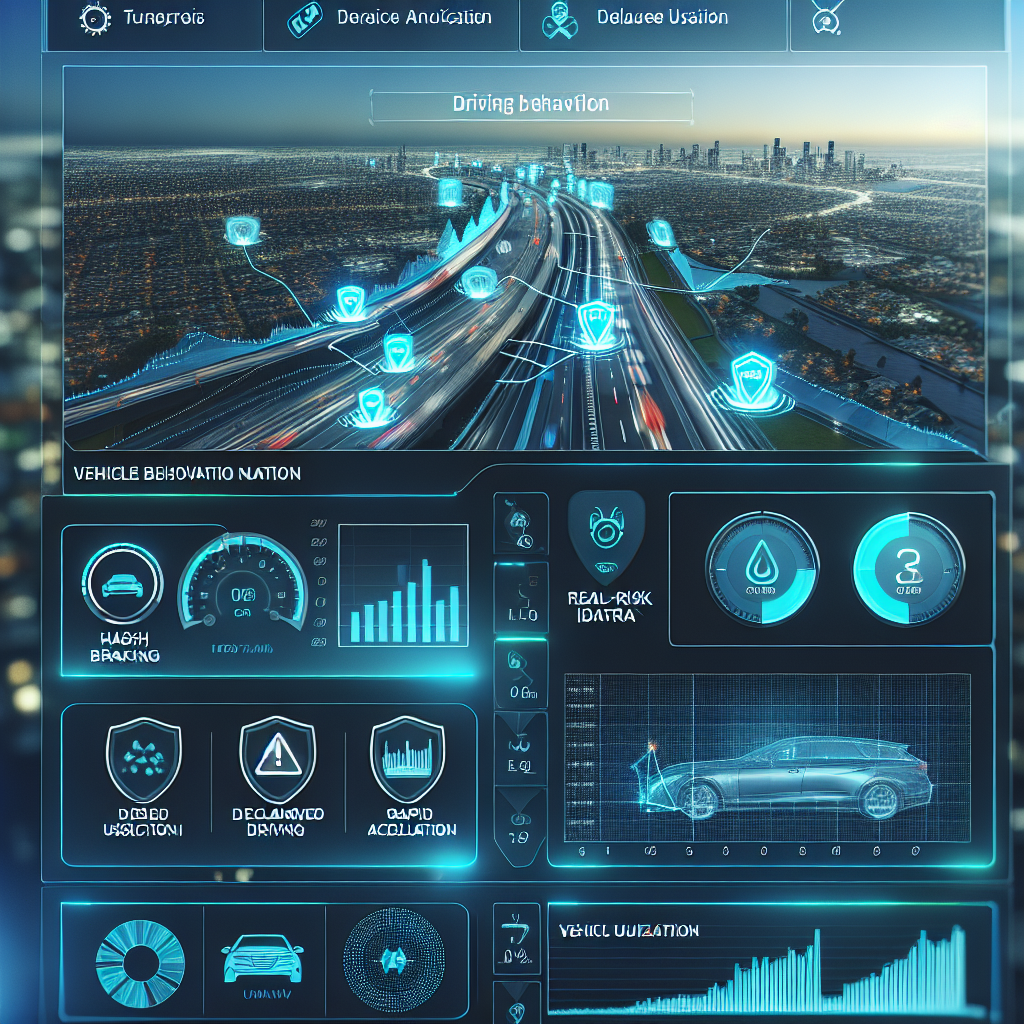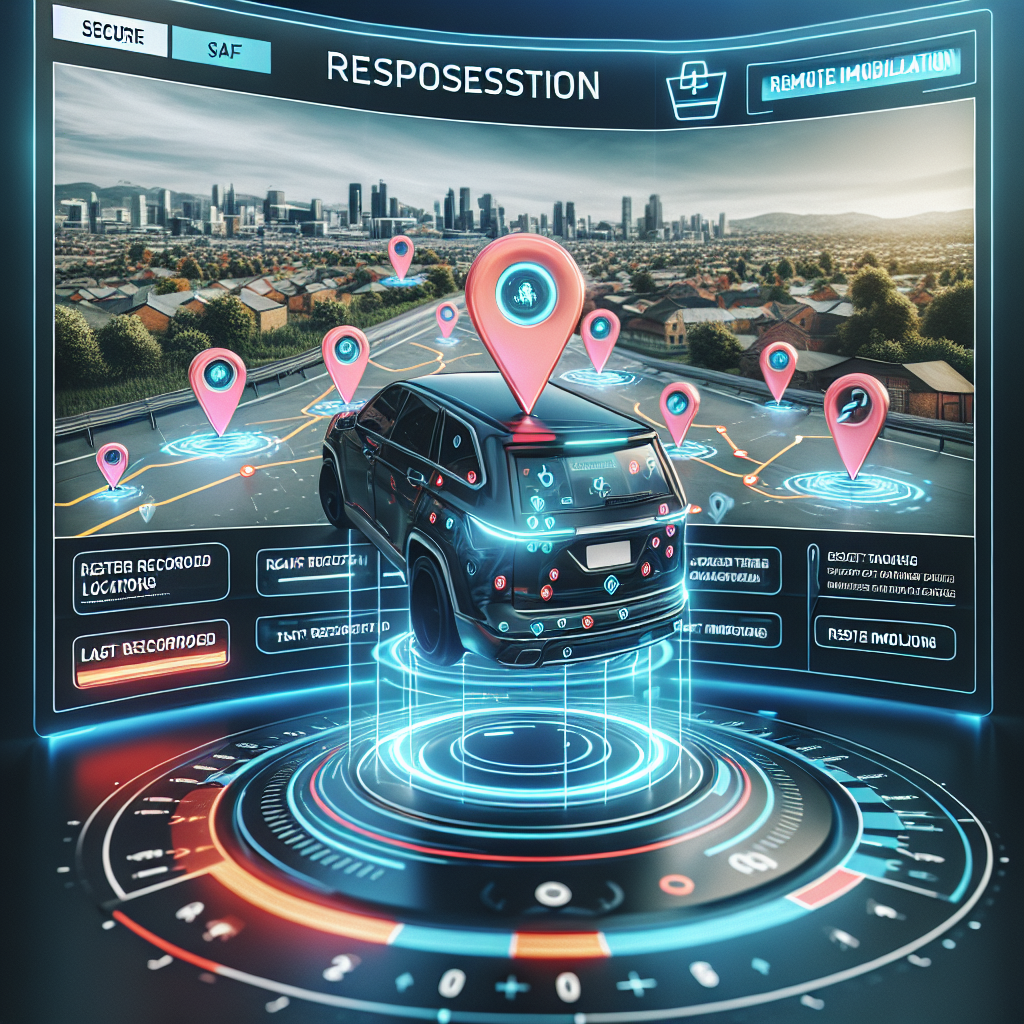
Real-Time Vehicle Tracking and Geofencing
GPS TrackingTrack the vehicle’s location in real-time to monitor for unauthorized movement or relocation, which is especially valuable for high-risk loans.
GeofencingSet virtual boundaries around approved areas. If a vehicle exits the geofenced zone, receive instant alerts, which can help with repossession or recovery efforts if necessary.



